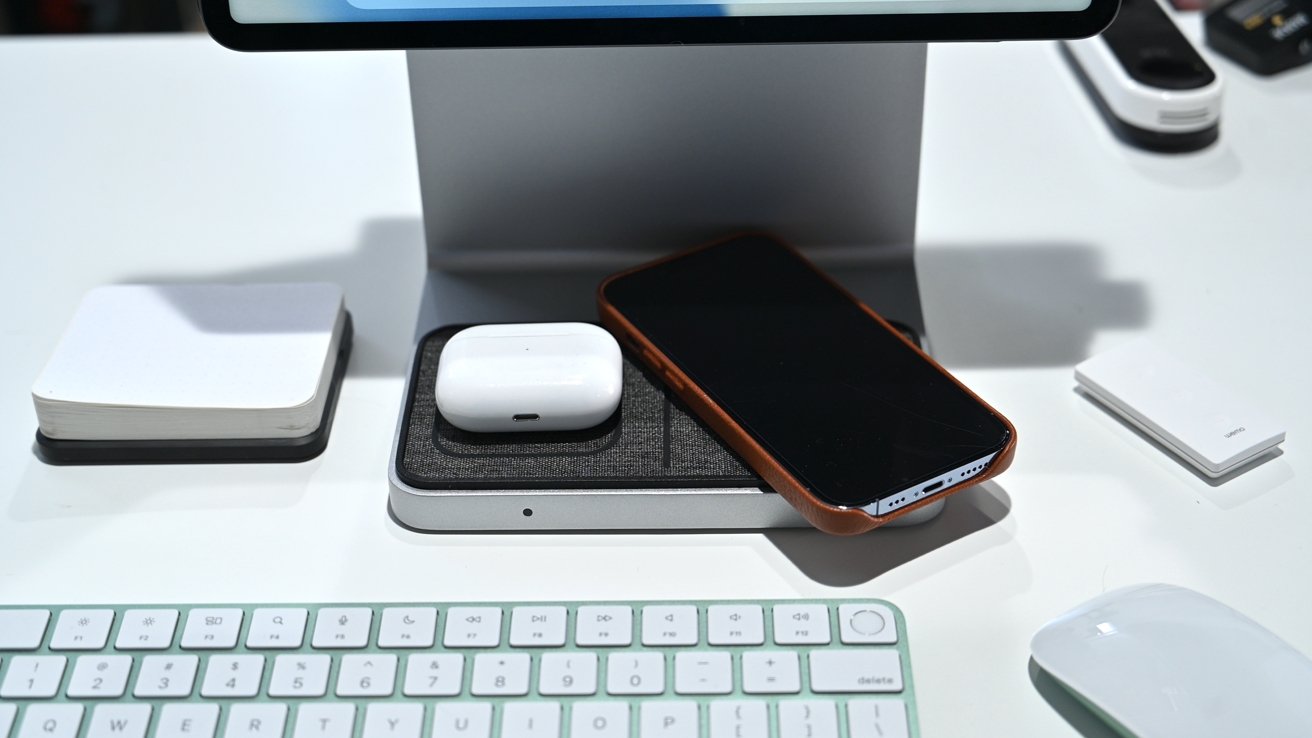Apple patent filing for a wireless charging system sounds a lot like the abandoned AirPower : Apple World Today

[ad_1]
Even though Apple’s AirPower is officially canceled, the company still files patent regarding a device that seems very similar such as the newly filed patent (number 10,938,252) for a “wireless charging system with temperature sensing.”
But first some background: The AirPower (pictured in an image released by Apple almost four years ago) was originally announced in September 2017 alongside the iPhone X. It was supposed to be able to charge a Qi-compatible iPhone, an Apple Watch, and a pair of AirPods (in a special wireless charging case) at the same time regardless of where they were placed on the pad. However, there was constant rumors of production, engineering, and manufacturing difficulties. Seems those rumors were right, as Apple announced in March 2018 that work on the device was being canceled as, in Apple’s words, “will not achieve our high standards.
The newly filed patent sounds like the AirPower with the added feature of temperature sensing to detect “foreign objects” — in other words, objects that it couldn’t charge and which would interfere with the charging of “non-foreign” objects.
Here’s Apple’s summary of the invention: “A wireless power transmitting device transmits wireless power signals to a wireless power receiving device. To detect foreign objects, the wireless power transmitting device has an array of temperature sensors. The array of temperature sensors may include temperature sensor components such as temperature sensitive thin-film resistors or other temperature sensitive components.
“A temperature sensor may have thin-film resistors formed on opposing sides of a substrate. The thin-film resistors may be formed from meandered metal traces to reduce eddy current formation during operation of the wireless power transmitting device. Signal paths coupling control circuitry on the wireless power transmitting device to the array of temperature sensors may be configured to extend along columns of the temperature sensors without running along each row of the temperature sensors, thereby reducing eddy currents from loops of signal routing lines. Some temperature sensors may have multiple components coupled to a common temperature sensing pad.”
[ad_2]
Source link
